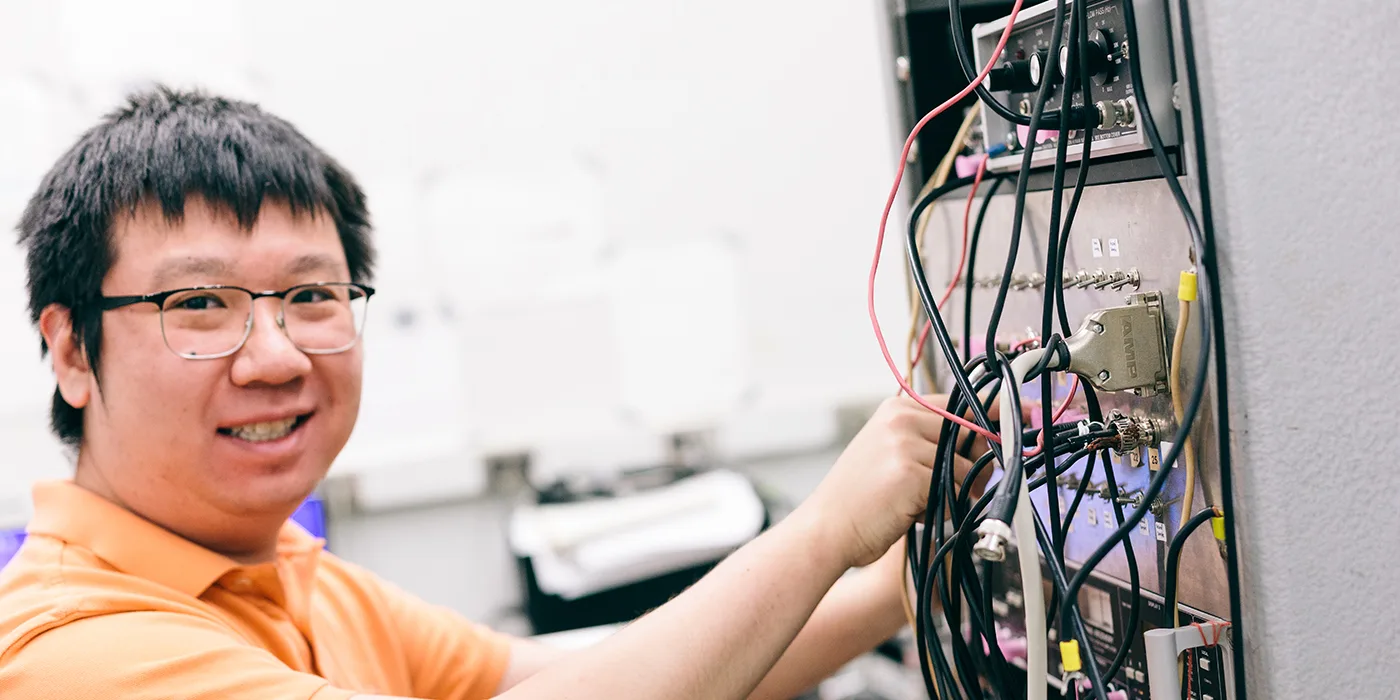Physicists from Purdue University, led by Gabor Csathy, have discovered a new fractional quantum Hall state, invoking the existence of a new type of emergent particle called six-flux composite fermions. This discovery differs from the well-established two- and four-flux composite fermions and could expand our understanding of the ordering of known fractional quantum Hall states. The research was conducted in Csathy’s lab with the help of PhD students Haoyun Huang, Waseem Hussain, and Sean Myers. The high-quality GaAs semiconductor used in the study was provided by a team from Princeton University led by Loren Pfeiffer.
Discovery of a New Quantum State: Six-Flux Composite Fermions
Physicists from Purdue University have reported the discovery of a new fractional quantum Hall state, which is distinct from all previously known fractional states. This discovery suggests the existence of a new type of emergent particle, termed the six-flux composite fermion. This is a significant departure from the well-established two- and four-flux composite fermions, which have been used to explain over 90 fractional quantum Hall states in various host materials.
The team, led by Gabor Csathy, professor and head of the Department of Physics and Astronomy at Purdue University, conducted ultra-low-temperature measurements in Csathy’s Physics Building lab. The lab specializes in research on strongly correlated electron physics, also known as topological electron physics. The team’s findings have been published in Nature Communications.
Understanding Composite Fermions
In systems where electrons interact weakly, the electron is often considered the fundamental building block. However, when electrons interact strongly, as in the fractional quantum Hall regime, understanding the system’s behavior by considering individual electrons becomes nearly impossible. In such cases, composite fermions, which come in different flavors, are used as intuitive fundamental building blocks to explain fractional quantum Hall states.
Until now, all fully developed, or topologically protected, fractional quantum Hall states could be explained by two types of composite fermions: the two-flux and four-flux composite fermions. The discovery of the six-flux composite fermion, therefore, represents a significant advancement in the field of condensed matter physics.
Implications of the Discovery
The discovery of the six-flux composite fermion will contribute to our understanding of the ordering of known fractional quantum Hall states into a “periodic table”. The six-flux composite fermion is unique in that the electron captures six quantized magnetic flux quanta, forming the most intricate composite fermion known to date.
The material used in this study was grown by a team at Princeton University led by Loren Pfeiffer. The quality of the GaAs semiconductor played a crucial role in the success of this research. Csathy’s team continues to explore topological electron physics, pushing the boundaries of discovery in this field.
About the Department of Physics and Astronomy at Purdue University
Purdue’s Department of Physics and Astronomy has a long history dating back to 1904. The department is home to a diverse community of faculty, postdocs, and students who are pushing new scientific frontiers. Research is conducted in various fields, including astrophysics, atomic and molecular optics, accelerator mass spectrometry, biophysics, condensed matter physics, quantum information science, and particle and nuclear physics.
About Purdue University
Purdue University is a public research institution known for its excellence in research and education. With more than 105,000 students studying across various modalities and locations, Purdue is committed to affordability and accessibility. The university is home to the new Mitchell E. Daniels, Jr. School of Business and Purdue Computes, and is also developing its first comprehensive urban campus in Indianapolis.

